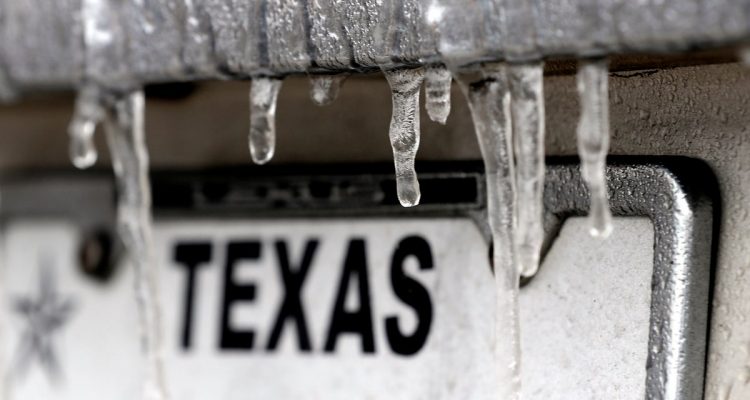Though Americans have been taking action to help Texas in the aftermath of this catastrophic snowstorm, none of the citizens, nor the government, were prepared for it in any manner. As of February 21, approximately 70 people have died from hypothermia, and many more must figure out how to pay the cost of high energy bills and maintenance issues, as well as how to get basic needs like food and clean water. Luckily, the federal government swiftly reacted with a major disaster declaration, which approves up to five million dollars to be allocated to the issue. Help has also arrived from donations to mutual aid organizations. Though we are seeing a new spirit of unity to help Texas, the aftermath of this storm is indicative of much larger issues.
Though the disaster was a snowstorm, scientists have proven that the colder weather is a result of climate change. Snow is clearly not warm, but what happened in Texas is categorized as an extreme weather event due to “Arctic amplification,” which means the effects of global warming in the Arctic regions are “disrupting long-established climatic systems.” Essentially, the cold air from the Arctic has migrated south and into the United States, leading to the dramatic change in Texas’s weather.
Another thing to note is that, according to National Centers for Environmental Information, weather is not the same as climate: the former is a short term condition of the atmosphere, while the latter is a long established pattern of those conditions. Instead of weakening the argument for climate change, the events in Texas are further proving the disastrous effects of the acceleration of climate change.
The question then becomes what we should do to make sure this does not happen again, at least on this large of a scale. According to climate scientists, the first thing we should do is recognize the looming threat of climate change as closer than we think. The amount of disinformation on the Internet regarding climate change spreads rapidly, and it is our responsibility to educate ourselves and others on these issues with research and facts. It does not take a STEM major to recognize and understand the evidence of climate change on a basic level – a simple Google search for credible sources, such as National Geographic and other scientific magazines, will do. Once many of us realize the precarious conditions of the world we live in, it becomes time to make tangible changes.
Because climate change is a global challenge, it is safe to assume that there must be a larger contributor to the substantial differences in our atmospheric conditions other than our personal selves. This assumption has been explored and proven by scientists for decades. The United States Environmental Protection Agency has found that greenhouse gas emissions, which are composed of carbon dioxide, methane, nitrous oxide and fluorinated gases, have been linked to the usage of fossil fuels, coal, natural gases, and the destruction of our ecosystems, including deforestation. The wide scale usage of these resources is a product of our current economic institutions. Industries like transportation, agriculture, heat, manufacturing and meat production are all part of the top 10 contributors to global warming, according to CNN. Landfills, burning and gas flares are also prime contributors to this issue. This means that, even though we are told that we can do something about climate change in our personal lives, global warming is a much larger issue perpetuated by corporate manufacturing and the federal government’s poor regulation of them. Though I personally wish to be more sustainable (i.e. my choice to become a vegetarian) the best things we can do is to advocate for change on a larger scale. Pressuring the true contributors of climate change will force them to adapt to our new way of life that they forced us into.
As for Texas, this catastrophe shows us that we must allocate our resources properly. For over ten years now, there have been calls for infrastructural remodeling in Texas, which have been ignored time and time again. Money is needed to remodel the systems we have in place, and considering the silver linings, this snowstorm is a chance for United States officials to reconsider their priorities.
On our own ends, Rolling Stone writer Claire Shaffer suggests donating to mutual aid funds, which has shown to be an effective way to combat the issue and help those in need without flying down to the state directly. These funds offer a variety of different relief programs to support and are a way for people to take political and economic action in a way that is feasible for them. Whether it be just one dollar or one hundred dollars, donations to mutual aid go a long way.
The crisis in Texas has shown us that the government needs to not only take responsibility for climate change (which America is the second largest contributor to, behind China, where much of our manufacturing is done anyway), but also for adapting to the new conditions that have arisen as a result of climate change. The federal government must support a rebuilding of the infrastructure and other systems that are no longer working to protect its citizens, and perhaps the entire world.


Leave a Reply